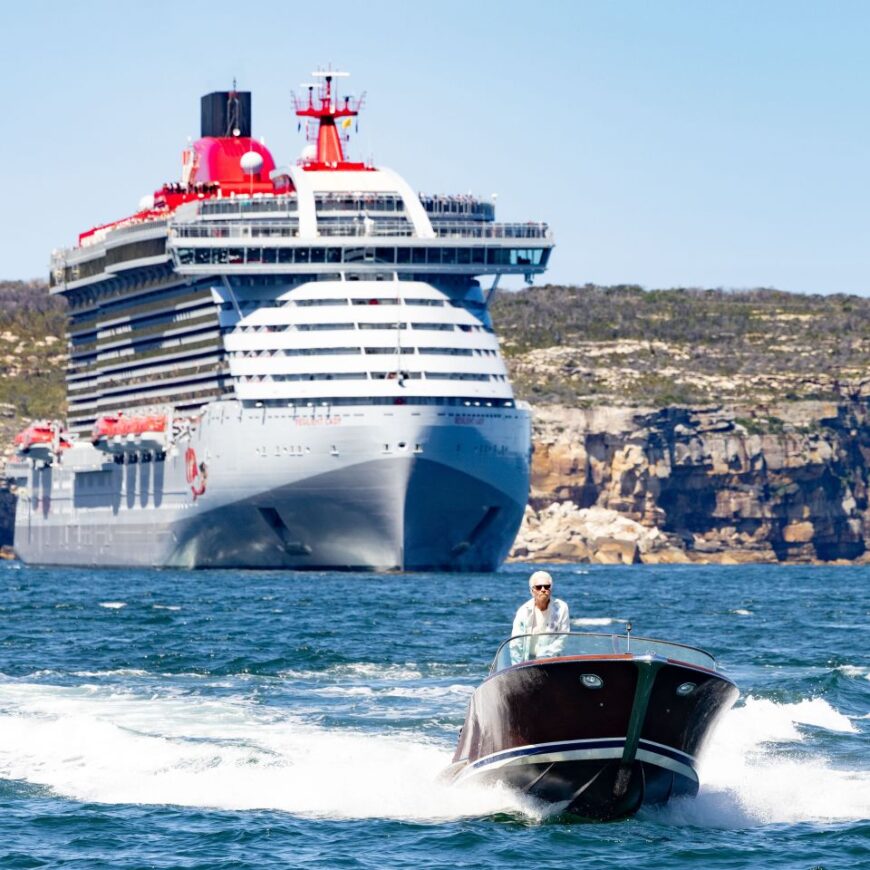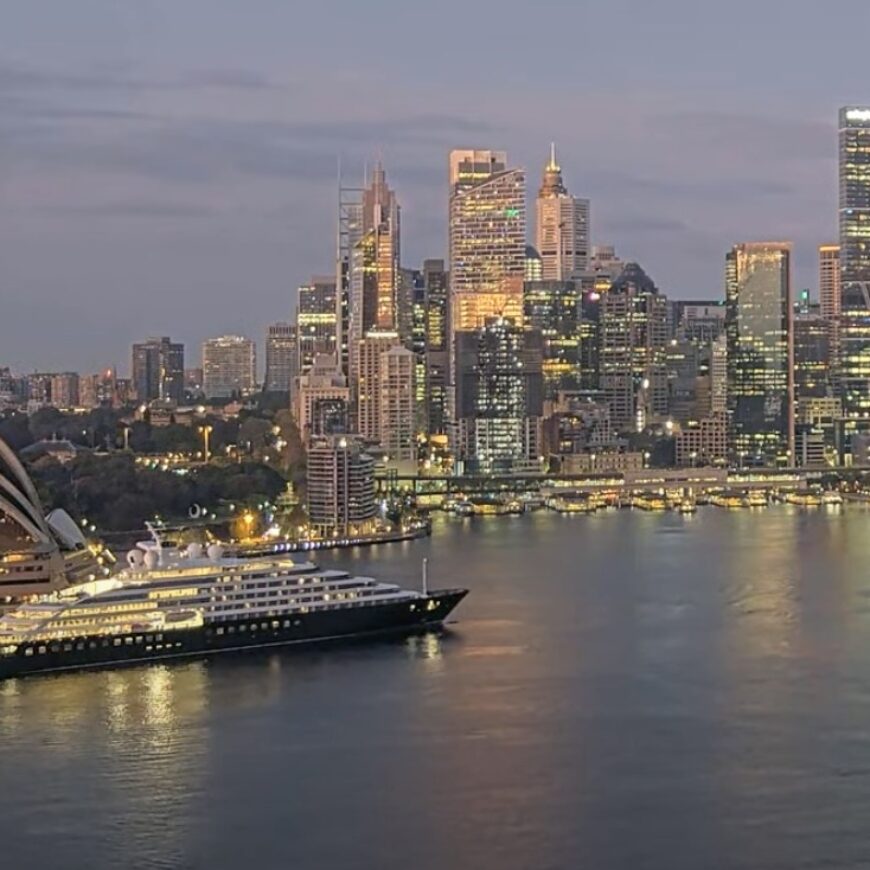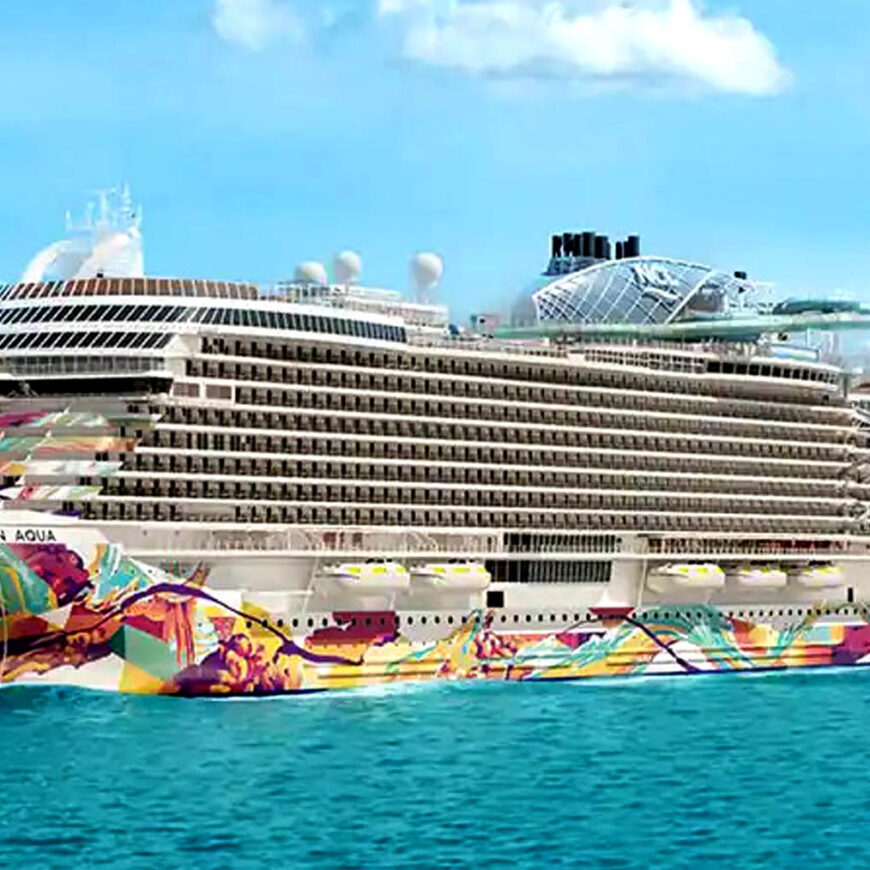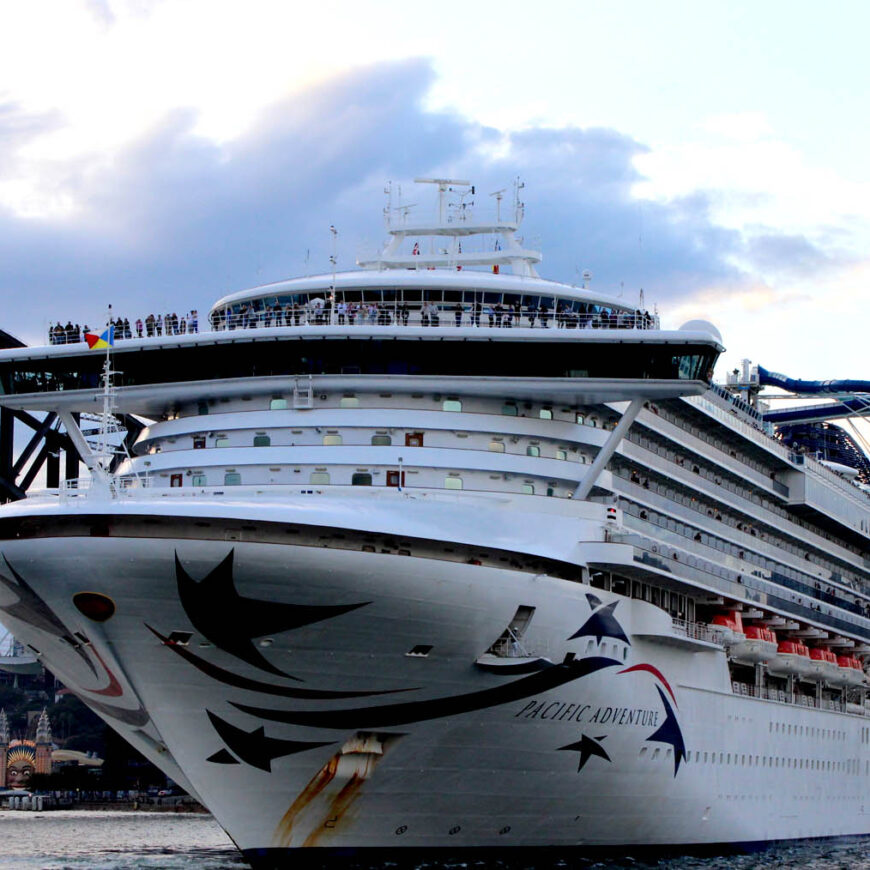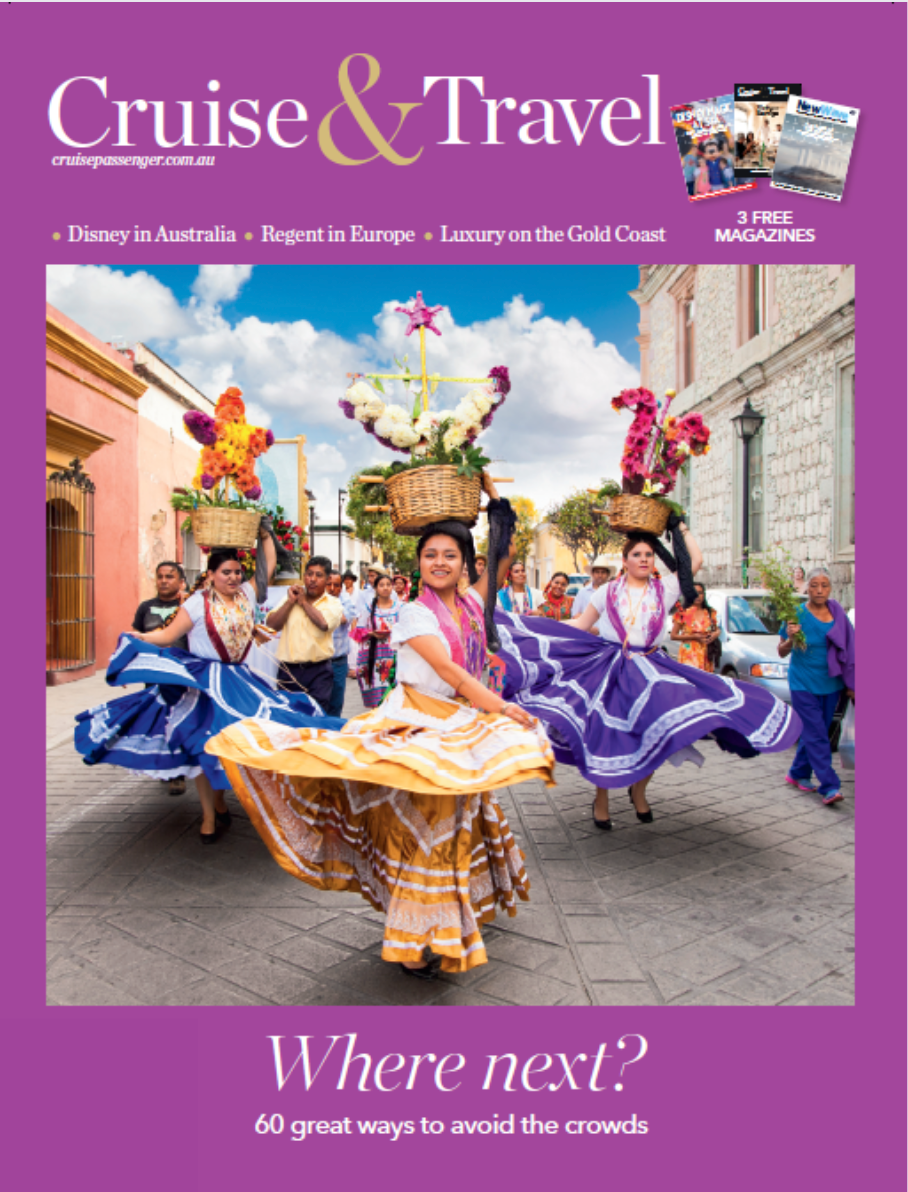Cruise Adviser: Why higher cruise fares may be good for us
NewsIn the airline industry it’s called drip pricing. An airline will release a very low fare, but then hit passengers with a raft of charges which are incrementally disclosed (or dripped) as the booking goes on. By the time it comes to pay, the final fare is well above the advertised price.
The Australian Competition and Consumer Commission (ACCC) takes a dim view of drip pricing. In 2014 it took Virgin Australia and Jetstar to court over the practice, forcing them to change their online booking system to accurately reflect these additional charges.
Could the same happen in cruise?
Last week, two more cruise lines raised their daily gratuities (making for a total of five lines that have made the increase in 2015). Cruise Passenger has to ask the question: are cruise lines the next frontier for drip pricing? And if so, who is to blame?
With bigger and better ships launching every year, each capable of holding thousands of passengers, there has never been a better time for cruisers to get a great deal. Premium lines, like Celebrity, Princess and Holland America, are offering cruises for as little as $70 per person per day, while mid-range lines have cabins for less than $50 per person per day.
Ultimately, these incredibly low fares are unsustainable – forcing cruise lines to rely on additional charges to make up the difference.
The daily gratuity is the most basic of these – $12-15 per day applied to every single passenger on the ship. On a vessel like the 3,800-passenger Explorer of the Seas, soon the be the largest ship based in Australia, that’s a very tidy $45,000 a day, minimum. Take a 10 day cruise and passengers have paid close to half a million dollars in gratuities, on top of their original fare.
According to Andrew Sheivachman from Skift, an industry intelligence site, cruise lines are telling their customers through marketing and advertising that they are cheap. But fees charged onboard (that aren’t rolled into the base fare) are seriously inflating the price of cruising – especially for groups and those travelling with children.
“Some lines call them service fees. Others call them gratuities. But one thing is for sure: cruise lines generate income by charging daily fees that aren’t included in initial cruise fares, “ he said.
These daily gratuities are in addition to a host of other fees (like cruise taxes and port fees) that are added to the advertised price. And they make the cruise lines a lot of money. In its 2014 annual statement, Carnival Corp. said “our slightly higher net revenue yield was due to a more than three per cent increase in net onboard and other revenue yields, partially offset by slightly lower net passenger ticket revenue yields.”
In other words – Carnival’s profit was not driven by revenue from ticket sales, which actually dropped, but by additional charges and spending onboard.
This also raises the thorny question of where these extra fees go – to the staff or into the cruise lines’ coffers? Mr Sheivachman argues that cruise lines are free to charge these fees without disclosing the minutia of what the charges are for or where the money actually goes.
“Increased gratuities paid by cruisers could be a way for lines to continue to limit spending on staff salaries. The lines control who gets the gratuity dollars that cruisers shell out to ship staff and stewards; the money is redistributed at the will of the company based on its assessment of individual workers and departments,” he said.
To many consumer groups, these hidden charges are an unfair practice. And as we demand cheaper prices and there are more cabins on the market, cruise lines have little choice but to discount the price and make up the difference with a plethora of other charges.
We think this has the potential to undermine the fantastic value proposition that cruise lines offer. And we know our readers won’t want that.
All inclusive pricing is much more honest – and, despite what sometimes looks a jaw-dropping price, often actually represents real value.
What’s the answer? We believe cruise lines need to be completely transparent with their charges – even if it means raising the base fare.
We know the lines need to make a profit in order for them to continue bringing the best ships into Australian waters. Consumers aren’t dummies – they know the company has to make a buck.
Cruise lines have fallen victim to the system of market pricing, where every traveller wants to pay the lowest fare possible – even if it comes with a lot of fine print. They need to focus instead on the value that cruising offers, even when all these additional fees are added on.
Way back when, cruise ships were known as booze ships – they sold their cabins so low that they had to encourage passengers to drink themselves silly in order to survive. A particularly nasty incident involving the death of a female passenger brought cruise lines to their senses, and huge progress is creating a better, more sophisticated offering has been made since.
No one wants to see a return to those days.
So instead of spending quite so much on 72 hour mega sales, perhaps the lines should redirect their mighty marketing budgets on explaining the amazing value, the fabulous service, great destinations and terrific attractions.
Otherwise, our cruise industry which has hit so many industry benchmarks and delivered the highest growth in the world, will be unsustainable.


